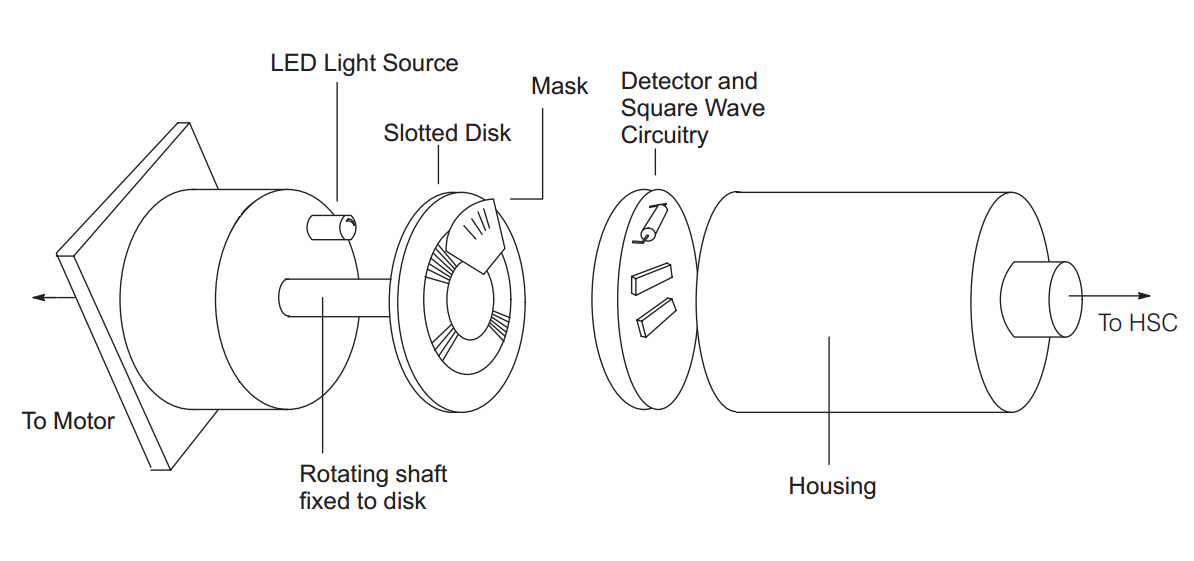

- Changchun Rongde Optics
- Co.,Ltd.
- Add:No.1666 Yaan Road,
- North Lake Development District,
- Changchun 130102,China
- Tel:86-0431-81856009
- Fax:86-0431-85256892
- E-mail:rongdecui@roundss.net
- Skype:adacui_roundss
Company News
Current position :Home > News > Photoelectric Sense
What is an Encoder and How Does It Connect to the HSC?!
Changchun Rongde Optics Co.,Ltd. Release time:2015-01-14 Browse:1230The word encoder can be a confusing term to those who have never used them. There are many types of encoders and the word itself can have as broad or narrow of a definition as a particular application might dictate. We will limit our discussion here to incremental encoders. Even narrowing the scope down to this family of encoders can present quite a large array of products offered by various manufacturers. We will not attempt to describe every type, and will only cover the subject in the most common and general sense. From the standpoint of the HSC, it is only looking for a square pulse train (or trains in the case of a quadrature encoder). It doesn’t really care how they were produced or the physical appearance of what has sent the signal(s). As long as the incoming signals have the proper width requirements and are not being received faster than
100 kHz, the HSC can count them. The most common encoder is the rotary incremental optical encoder. Inside its housing, are usually five basic components: light source (usually an LED), a slotted disk, a mask, a photo detector, and square wave circuitry. A quadrature encoder has a second light source and sensor (Phase B) located over the disk track. A single signal (non-quadrature) encoder is shown in the diagram below.

The quantity of slots on the disk is equivalent to the number of pulses per turn. Most quadrature encoders also provide a single isolated slot on the disk called the Z marker. It is aligned with its own separate LED. The pulse from this channel provides a reference once per revolution. The automatic home search function, built into the HSC, makes use of the Z-marker when you connect a quadrature encoder to the HSC with the Z-marker attached to INZ. The Z-marker helps to more closely define a home base to which the working apparatus can be accurately returned. It’s kind of like “top dead center” on a crankshaft for purposes of timing your spark with the correct piston position. The D4-HSC does not use the Z-signal for error detection or correction of any lost pulses or extra pulses that are associated with a particular revolution of the encoder. The HSC merely uses the Z-signal to make sure the slotted disk of the encoder is always in the same position at the start of each work cycle.
 Previous:Theory of Rotary Encoder Operation
Previous:Theory of Rotary Encoder Operation  Next:Where Does a Rotary Encoder Applied
Next:Where Does a Rotary Encoder Applied



















 Products
Products